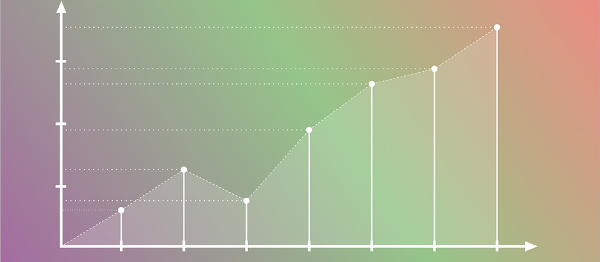Relationships Between Social Network Characteristics, Alcohol Use, and Alcohol-Related Consequences in a Large Network of First-Year College Students: How Do Peer Drinking Norms Fit In?
This document has been relocated to https://scholarworks.smith.edu/sds_facpubs/27/
Abstract
A burgeoning area of research is using social network analysis to investigate college students' substance use behaviors. However, little research has incorporated students' perceived peer drinking norms into these analyses. The present study investigated the association between social network characteristics, alcohol use, and alcohol-related consequences among first-year college students (N 1,342; 81% of the first-year class) at one university. The moderating role of descriptive norms was also examined. Network characteristics and descriptive norms were derived from participants' nominations of up to 10 other students who were important to them; individual network characteristics included popularity (indegree), network expansiveness (outdegree), relationship reciprocity, and network density. Descriptive norms were defined as participants' average perceived binge drinking frequency among their nominated peers. Network autocorrelation models revealed that indegree and descriptive norms were positively associated with participants' average number of drinks per week, binge drinking frequency, and alcohol-related consequences. Indegree and outdegree interacted with descriptive norms, such that when participants perceived less frequent binge drinking among their peers, outdegree was associated with less alcohol consumption but not consequences. When participants perceived more frequent binge drinking among their peers, indegree and outdegree were associated with more alcohol consumption but not consequences. The present results suggest that being popular and believing that heavy episodic drinking is normative among one's peers are associated with greater alcohol risk. Further, alcohol risks associated with nominating more peers may be enhanced or lessened depending on students' peer drinking norms. Implications for future research and interventions are discussed.

